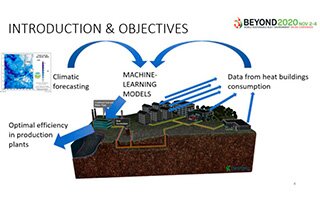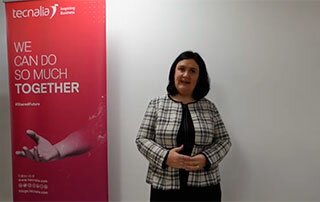The desing of Triple Function Substations in combination with RELaTED technologies
Ultra-Low temperature district heating introduces multiple benefits at network level, as the reduction of heat losses and the improvement of heat generation efficiency. ULTDH also facilitates the integration of low temperatures renewable energy sources and waste heat into the district heating network. Renewable heat sources as solar thermal and heat pumps can be coupled to the district heating network and the buildings through specially designed district heating substations. Some images of the Microbooster and BILTST demonstration in Taastrup, Denmark. During the development of the RELaTED project, several Triple Function Substations (3FS) have been evaluated and designed. Those were investigated in different versions, connection schemes configurations and operating modes depending on the district heating characteristics, the building types and [...]










